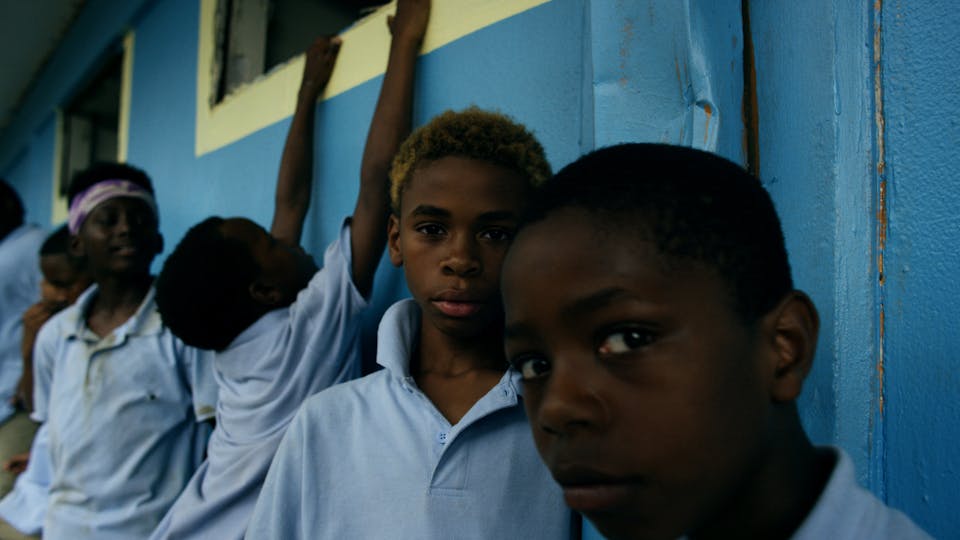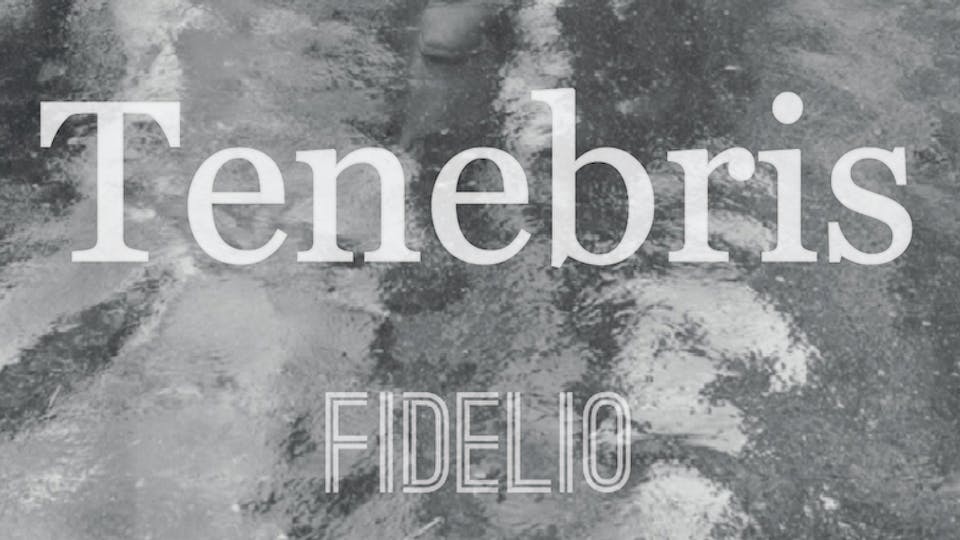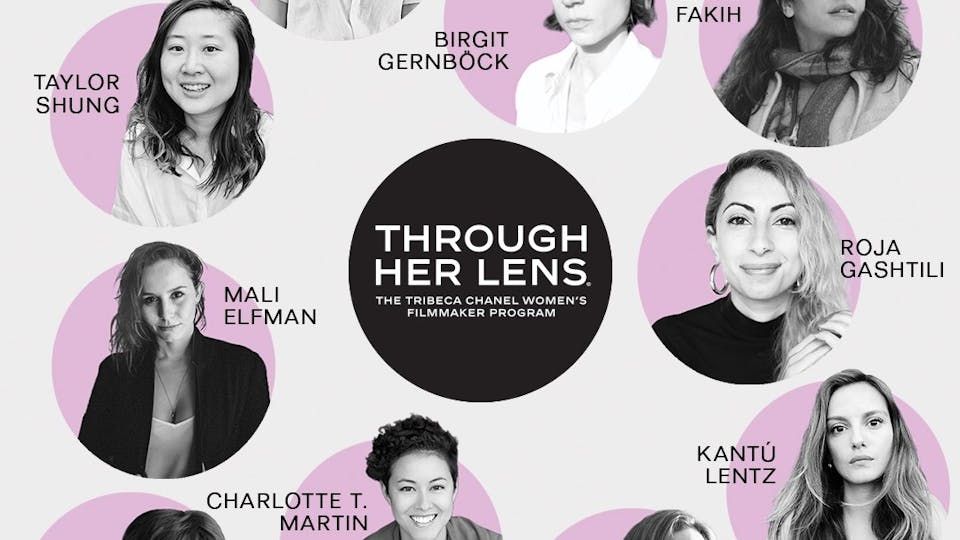How To Create A Successful Kickstarter Campaign

Chinafornia. Thanks to her creativity, determination and a little help from her friends, she was able to surpass her funding goal and is one step closer to her series becoming a reality. Thankfully, Lee is more than willing to share her experience and highlight what she learned and some tips on how to make your campaign a success. Now every project is different that heads over to Kickstarter. There’s no magic formula that will make you hit your goal. But there are some tips that everyone should be aware of. Hopefully these help. Project: Chinafornia, an animated comedy series. Unable to pay the $10 trillion it owes to China, the U.S. comes up with a plan: it gives China the state of California. Funding goal: $23,000 Amount raised on Kickstarter in 60 days: $31,586 My writing partner, Peter Dowd, and I had written what we thought was a pretty unique and hilarious pilot for a half-hour animated series, Chinafornia. Being new to Los Angeles, we shopped it around to the limited contacts we had, and were lucky enough to receive an overwhelmingly positive response. Despite the praise, agents and producers consistently said, “This is original, this is smart, and I have no idea what to do with it.” So, as is often the case in Hollywood, our project was uniformly praised and passed upon. What’s a filmmaker to do? Rather than shelve it, we decided to adapt it as a web series and apply at the last minute to a live crowd funding & pitch event at the San Francisco International Asian American Film Festival. I honestly never thought I’d launch a Kickstarter campaign, since the idea of asking friends for help and money made me really uncomfortable. With the support of the festival, I decided to take a leap, hoping that the SFIAAFF audience would help give it the kick start it needed. I had no idea what I was getting into. Here’s what I learned…
1) Kickstarter vs. Indiegogo?
• Fees. Kickstarter’s total fees (8-10%) are a little higher than Indiegogo’s (7% if you meet your goal; 12% if you miss your goal). Kickstarter uses Amazon to process payments; Indiegogo gives contributors the option of using their credit cards or PayPal. If you are a nonprofit, or have a nonprofit fiscal sponsor, you can set up your project to receive tax-deductible donations on Kickstarter & Indiegogo. (I didn't have a nonprofit fiscal sponsor, so my project was set up as a standard, for-profit campaign.) If you set up your project as a nonprofit campaign, keep in mind that, by law, the tax deductible amount = the donation minus the value of any goods or services received. For example, if you offer a DVD for a $50 pledge, and the value of the DVD is $10 & the shipping costs $3, you should tell backers that, by law, $37 is tax deductible. • Application process. Kickstarter pre-screens applications to ensure that each one meets its eligibility criteria for creative projects. Your preliminary application should get an approval or rejection within a few business days (in my case, I got an approval in just 9 hours!). Indiegogo has no pre-screening process, and you can raise funds for any type of campaign. • Visibility. Being featured on the front page of either site is the holy grail; you’ll get the attention of a ton of new visitors who might potentially be interested in your project. Kickstarter is secretive about the methods they use to choose projects to feature on their front page. Indiegogo is more transparent: it’s a “merit-based platform; the more active you keep your campaign, the more visibility you will earn on the site.” • All-or-nothing? Kickstarter is all-or-nothing funding (if you don’t meet your funding goal by the deadline, you get $0). Indiegogo has two funding options: all-or-nothing, or a flexible funding campaign (where you keep all the money you raise regardless of whether or not you meet your goal). The reason behind all-or-nothing funding is that the money raised should be used to fund the completion of a creative project, or a specific phase of that project. If you need $10,000 to animate a video but only raise $6,000, you don’t have the money to finish the video, and backers may feel cheated. Nobody wants to give you money for something you’ve promised, only to see you not deliver on that promise. It was a tough decision, but I ultimately chose Kickstarter, because it has lots more unique visitors monthly than Indiegogo, and I thought those supporters of the arts might be more enthusiastic about our project. Also, as hair-raising as the process was, I wanted the all-or-nothing pressure to help our project meet its funding goal.
2) Before launching your campaign…
Give yourself 2-4 weeks to prepare all the materials you will need to launch a Kickstarter project. a) First, learn as much as you can about the process by visiting: http://www.kickstarter.com/help/school Monitor the progress of projects in your category, to learn from campaigns that have failed & succeeded. b) Prepare your Kickstarter project description. Finding the right tone is key. You want to be friendly & engaging. You want your writing to best reflect the tone of the project itself, as well as your passion & commitment. One of my major backers, who was a stranger before the campaign ended, said that the main reason he gave so generously was because he could sense the passion I had for my project and he wanted to see it succeed. c) Produce a video. Kickstarter loves videos. Kickstarter itself says that the most important piece of your campaign page is the video. Be creative, and be yourself. Backers & Kickstarter staff want to see who you are, and they want to see your talents & your love for the project. Because I had to launch immediately for the film festival, I hadn’t prepared an email blast, written material or a social media presence (more on these later) before the launch & unfortunately didn’t have time to produce a video. I think that may have hurt our campaign, by limiting its potential reach. d) Produce additional visual materials. The richer your visual materials are, the more compelling your campaign will be. Despite not having a video, I had hilarious illustrations that grabbed people’s interest (as well as a cool project description, and some great rewards). e) Choosing your funding goal. This is the part I had the most difficulty with. First of all, when budgeting your project, don’t forget to add 10% to your budget to cover Kickstarter & Amazon fees. Add an extra % to cover reward fulfillment. Before I talk about my own process, I wanted to share some observations. If you have an existing fan base, you will do very well on Kickstarter. If you are a musician or YouTube star with avid fans, if you are adapting a popular novel into a movie, if you illustrate a web comic that has a loyal following, if you have a film that’s played well at major film festivals & you’re trying to self-distribute, if you’re making a film about a subject or a celebrity who has a massive fan base, or if you are a video game developer with some successful titles under your belt -- fans & newcomers will jump on board to support you, and you could probably aim for an ambitious funding goal. What if you don’t have an existing fan base? Books tend to do well, because they’re essentially a pre-sale. For $20, you get a book. As a backer, I can support an artist early in his/her process, and hopefully the book will be awesome when it’s finished. Well-designed products in development & video games also tend to do well for the same reasons. Films & videos are a bit trickier if you are unknown. How do you communicate your idea and get people excited enough to donate? How much can you reasonably raise? If you have angel donors who might want to contribute a large amount, keep in mind that they may not want to donate through Kickstarter, since 10% of their donation would go straight to Kickstarter & Amazon in fees. Consider that possibility when assessing how much money you can raise. Our biggest challenge was the fact that animation is labor-intensive & expensive to produce. To create one 5-minute episode, I would have needed $19,000 on a barebones budget. Even that seemed a bit much, to expect friends & strangers to give that much money in exchange for a short animated video. I had to cut as many corners as I could, to bring the budget down. If I, along with my key creatives, worked for free & if I called in a lot of favors & chipped in some of my own savings, I could get the budget down to $11,500 for each initial episode. Next, I asked myself, “How much money could we raise from our friends & friends of friends?” My best guess was $20,000…which is how I eventually arrived at a funding target of $23,000, to produce two episodes. On our Kickstarter page, I also explained that any additional funds raised would go towards the production of additional episodes, to encourage people to keep donating in the event that we hit our $23,000 mark. f) Rewards. Most of my friends give to Kickstarter to support the person or the project. Sometimes it’s about the rewards. I would recommend that you try not to offer rewards under $50 where you have to mail anything. You may end up with hundreds of backers, and not only is it expensive to produce, package, ship & fulfill those rewards, but it’s also immensely time consuming. Most importantly, in most film/video campaigns, a majority of backers would rather see every dollar used towards your project than towards your goodies. For my rewards under $100, I offered digital downloads of various items. The best reward I had to offer was the opportunity for a backer to appear as an animated character in our show, with input on the type of character they wanted to be (heroic, villainous, oddball, nerdy, etc.). To offer a visual example on our Kickstarter page, I showcased a side-by-side comparison of one of our characters, Chairman Deng, next to a photo of his inspiration, former Soviet leader Leonid Brezhnev. Since this was one of my best prizes, it was priced at a higher level, $1500 for a one-time character and $5000 for a recurring character.

To make things fun and to reward backers who couldn’t afford to contribute at that higher level, I came up with the idea of a drawing. For $50, backers could earn one entry into a drawing to become an animated character. For $75, they received two entries. For $100+, they received three entries, plus some additional rewards like DVDs, artwork, and digital downloads. Overwhelmingly, people loved this, and I think it encouraged a lot of people to give. g) Choosing the length of your campaign. Kickstarter recommends 30 days, so you can keep a steady momentum and not lose yourself or your friends to fundraising fatigue. Since I was rushed into a campaign, and had no email lists and no social media presence, I knew I needed 60 days to build momentum. If I had the time to do my homework before the launch, I would have preferred a 30-day campaign. Try not to have your campaign end around major holidays or when tax returns are due! The end of your campaign is the most critical & active time for donors, and you’re shooting yourself in the foot if your campaign concludes at a time when people are on vacation & aren’t online, or when they’ve just written a giant check to the IRS. h) Prepare your email lists before you launch. You can throw all your friends, family, work colleagues, etc. onto one list, or create separate lists if you have a slightly different message you’d like to communicate to specific groups. Email is far more impactful than Facebook. You will need to use both for a successful campaign. i) Prepare your written materials for your email blast, and for your initial Facebook post. In your email, ask your friends to donate within 7 days if possible, and ask them to “like” your Kickstarter page. Explain that this type of viral & donor activity straight out of the gate will likely raise awareness of your project amongst the Kickstarter staff, increasing the possibility that your campaign might be featured as a “Staff Pick” or on the home page to attract new donors. This will hopefully motivate your friends to donate now, rather than put it off & forget about it. j) Build a project page & a presence on social media sites like Facebook, Twitter & Tumblr.
3) After launching your campaign…
• Email all your friends, family & colleagues at the very beginning. Then, 7-10 days before the end of your campaign, I would send another email reminder to folks who haven’t donated. It’s important that your friends engage in your campaign early, so you might have a better chance of getting a Kickstarter “bump” by being featured on the front page. • Post on your Facebook wall, and encourage everyone to “like” and share your Kickstarter page. Tweet about your campaign, and post updates to Tumblr. Don’t rely only on Facebook for your outreach. Many people don’t check their Facebook accounts regularly, and others may have hundreds or even thousands of friends, and your post will most certainly get lost. I’m not a fan of spamming and nagging my friends about fundraising. I only sent my email once. I posted to my personal Facebook account three times. Many friends shared my wall posts and the word spread virally. We tweeted a lot of jokes with a link to our Kickstarter URL, and we enjoyed a decent number of retweets. Many successful Kickstarter artists have engaged in more aggressive approaches to emails and social media, but that wasn’t in my comfort zone. Do what you feel is best for you, without reaching the point of being annoying. You don’t want friends & donors to suffer burnout. • If you have relationships at TFI, Sundance, Filmmaker Magazine, Indiewire, IFP, Film Independent, etc., ask if they would be willing to share your Kickstarter link on their Facebook page, and tweet about your campaign. Many film organizations have curated Kickstarter pages; you can contact them and ask if they’d be willing to include your project. I was lucky enough to have the support of TFI, Filmmaker Magazine, and the Center for Asian American Media; all three were critical in extending my campaign’s reach and visibility. • Post Kickstarter updates regularly, ideally with new images or video, to stay engaged with your backers and your Kickstarter audience. • Keep in mind that strangers will likely not give you any money at the start of your campaign, unless you are fortunate enough to be selected as a “Staff Pick” or are featured on the home page. 95% of your early donations will likely come from people you know. When you reach a tipping point (Kickstarter says that point is usually when you are 30% funded), your page will get more eyeballs, and more strangers will start donating. I was never featured on Kickstarter’s front page or as a “Staff Pick”, and I never got the Kickstarter bump. Despite that, I was honestly amazed & completely humbled that we met & exceeded our goal. In the end, 20% ($6,445) of our funding came from the Kickstarter community, and 80% ($25,141) came from friends & friends of friends. If you do your homework, if you encourage a flurry of Facebook and donor activity early on, & if you are lucky enough to be featured on the front page, you might expect that ratio to be 50/50… and you might expect to raise a lot more money than you first imagined.
Ellie Lee is an award-winning director, writer & producer of animated, fiction & documentary films, which have screened at the Berlin Film Festival & over a hundred festivals worldwide. She is a five-time National Emmy Award nominee & won the 2009 Alfred I. duPont Columbia University Award for excellence in broadcast journalism. She often performs for The Moth, and proudly serves on the Board of the nonprofit Karen Schmeer Film Editing Fellowship.

ChinaforniaFacebook pageTwitter.com pageLee's Vimeo pageFacebook pageTwitter.com pageLee's Vimeo page.






